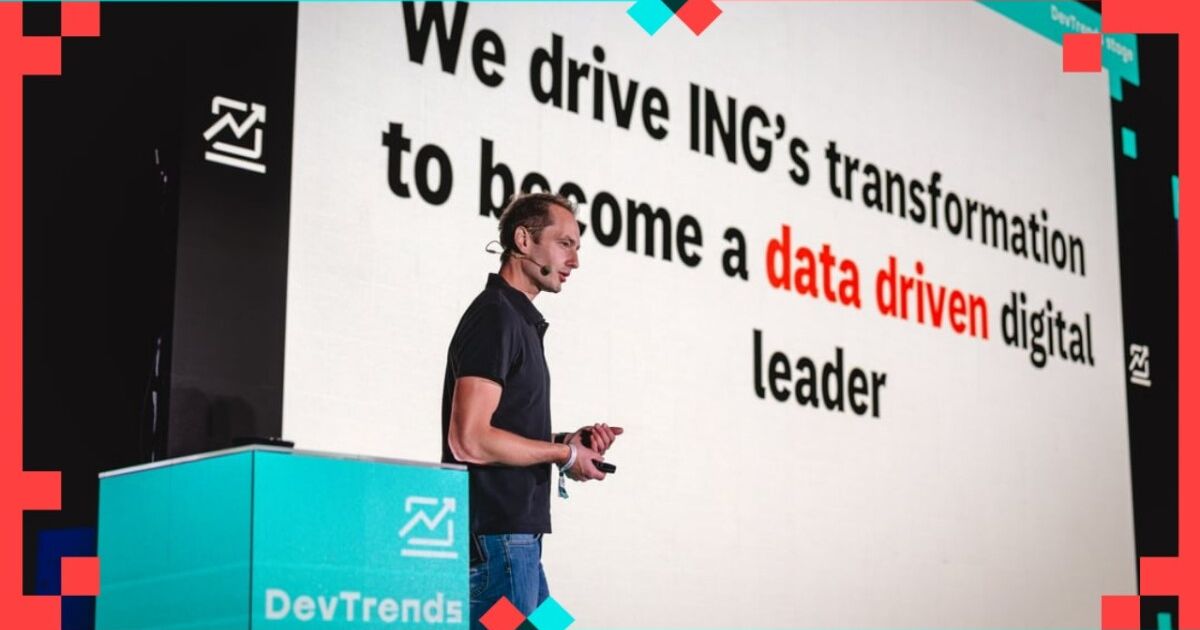VIEW SPEECH SUMMARY
- The platform aims to become a data-driven digital leader in the global banking sector.
- The goal is to democratize data and analytics, bridging the gap between data engineers and business users.
- Emphasis on compliant innovation: innovating while ensuring data security and regulatory compliance.
Key Challenges
- Data sharing across organizations is hindered by regulations and data silos.
- Ensuring secure, controlled access to data is essential for democratization.
- Combining innovation with compliance remains a core challenge.
Three Pillars of the Platform
1. Data Democratization
- Making data accessible beyond silos while enforcing proper access controls.
2. Analytics Democratization
- Providing tools for data cleaning, sorting, visualization, and basic analysis to enable informed decision-making.
3. Machine Learning Democratization
- Offering templates and standardized "golden paths" to build and deploy machine learning pipelines at scale.
User Interface and Experience
- Developing interfaces similar to intuitive search (e.g., Google search), enabling deep data search within the company.
- Providing exploration environments as sandbox areas where users can experiment with production data safely, but without impacting production processes.
- Supporting different user personas (data scientists, data engineers, data analysts, leadership) with tailored tools:
- Data scientists: Jupyter notebooks
- Data engineers: VS Code with dbt plugins
- Data analysts: BI tools like Power BI
- Leadership: report consumers
Infrastructure and Platform Architecture
- Multi-layered architecture:
1. Cloud service provider layer (e.g., Google Cloud Platform) offering APIs, SDKs, community templates.
2. Internal infrastructure provider layer that enforces organizational policies and security boundaries.
3. Platform layer (data analytics platform) that offers curated services and golden paths for users.
4. Platform tenant layer providing easy-to-use APIs and templates to users without the need to handle infrastructure complexity.
- Collaboration with internal infrastructure providers to ensure security and standardization.
Platform Impact and Growth
- Over 10 years of product history with adoption in 17 countries.
- 700 projects initiated on the platform, with 8% monthly user growth.
- Rapid expansion of initiatives on GCP, doubling quarterly.
- Significant reduction in project startup time, from weeks to hours.
- Centralized control and monitoring of analytics projects, data access, and cost management.
Actionable Items
- Map user personas in your organization to tailor platform journeys and tooling.
- Implement sandbox exploration environments for safe data experimentation under compliance.
- Collaborate closely with infrastructure providers to enforce organizational security and policies.
- Adopt standardized golden paths and templates for scalable machine learning deployment.
- Enable centralized monitoring of projects, data access, and cloud costs to maintain control and governance.
- Progress towards user-friendly deep search interfaces to enhance data discoverability.
How to design a data platform to succeed at scale?
10:35 - 10:55, 28th of May (Wednesday) 2025 / DEV TRENDS STAGE
In this session we will share our way to layer a stable foundation to bootstrap analytics initiatives at scale. With the multi-year experience on how to operate a cloud native analytics stack on premise to facilitate our business users needs, we embarked on the journey to open the world of new capabilities available in the public cloud. ING DAP has chosen Google Cloud with its rich set of analytics services with key elements like the Gemini family of LLM models and a powerful analytics service BigQuery. Platform foundation is still a valid concept that can speed up time-to-market, abstracting away the tedious repeating tasks while maintaining organizational and industry standards based practices with emphasize on security.



